Following on from the Greener Manufacturing Show, AZoCleantech speaks with Christophe Williams, CEO and co-founder of Naked Energy, about the company and its mission to change energy for good by accelerating the global transition to net zero carbon.
Please could you introduce yourself and tell us about your role at Naked Energy?
At Naked Energy, we design, engineer and manufacture solar heat and power technology. We have spent a decade testing and refining our two core products, VirtuPVT and VirtuHOT solar collectors, and we have engineered them to be world-leading.
I was inspired to work in renewables because of the work of my grandfather. During the fuel crisis in the 70s, he was developing early prototypes of solar, wind, and wave power alongside Professor Steve Salter (inventor of the eponymous Salter duck wave energy device). I was captivated by his models when I was young, and they had a profound impact on me.
When it came to founding Naked Energy 30 years later, I was inspired by his ideas and wanted to commercialize as many as possible, but it soon became clear (and I was reminded by investors) to just pick one. Since starting the business in 2009, I have gone from personally being involved with the manufacturing process to heading up a team of seventeen brilliant people.
With less than ten years to halve global emissions, how important is it to help businesses find alternative means of heating and cooling?
The issue of decarbonizing heat has recently gained more prominence in the conversation about climate change, but for a long time, it has been the elephant in the room. Heating and cooling make up 51% of all the energy we consume on the planet, so it is paramount that we address this. If we do not, we will never reach our net zero goals.
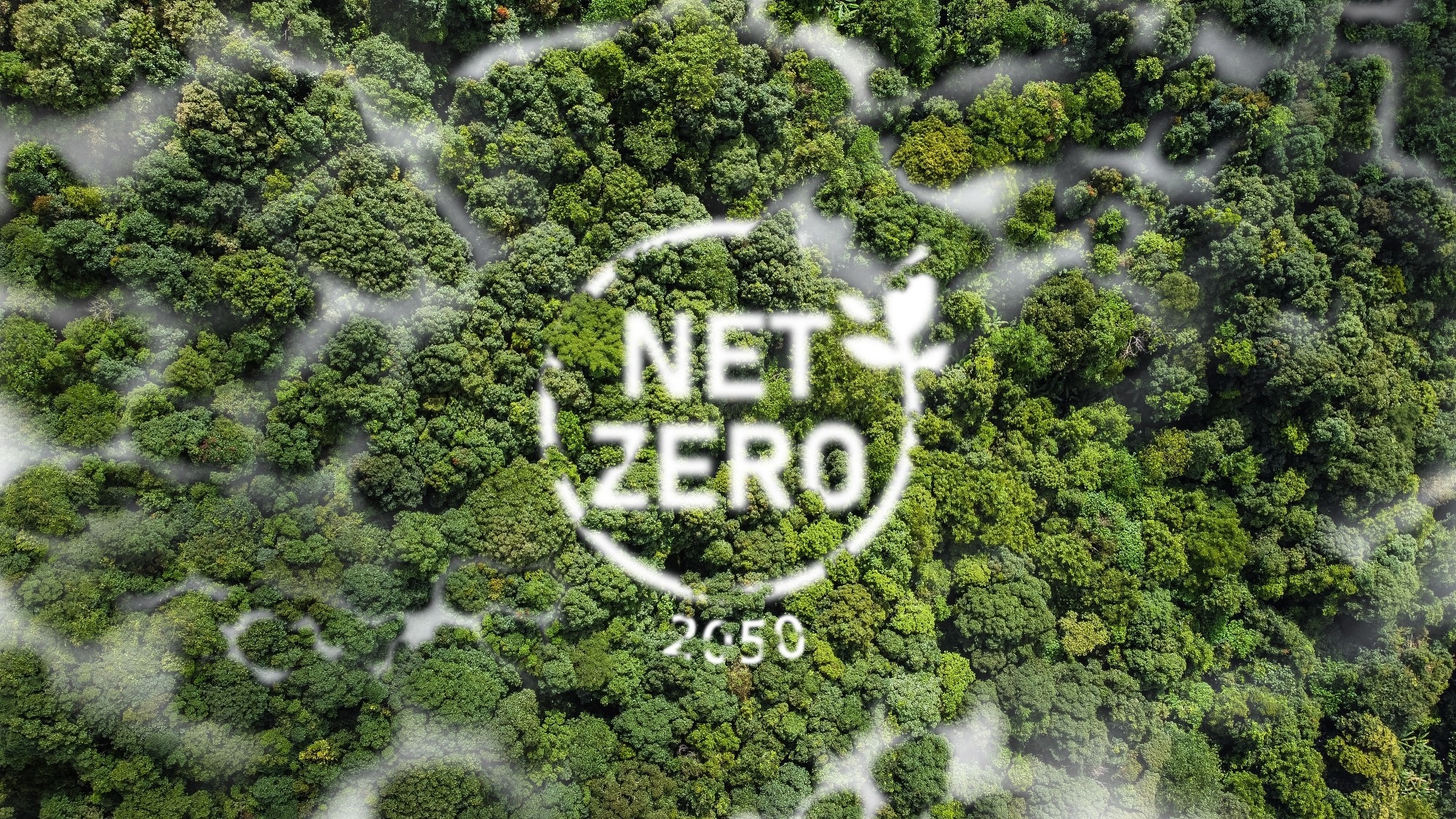
Image Credit: d.ee_angelo/Shuttertstock.com
Policymakers and investors alike still require a lot of education to understand the urgency of heat decarbonization. Not many people realize that heating takes up more than half our global consumption - we often think of transport or electricity as the biggest offenders, but really it is heating.
As a result, attention is frequently given to the slicker, consumer-facing solutions that sometimes feel more impactful than they really are. Whilst every sector has its part to play, we will not be able to stop climate change with hybrid vehicles and emission-tracking software alone. Climate change is a hardware issue, we need industrial-scale change, and that takes time and money.
Naked Energy’s mission is to ‘change energy for good’ by helping to accelerate the transition to net zero carbon. How are you as a company doing this?
We work with an extensive and growing network of partners and are always looking to expand our network of industry experts committed to a zero-carbon future.
The partners we work with are either distributors, installers, or agents. This triad enables us to transform carbon-intensive heating into sustainable solar thermal with our Virtu products in different countries and regions at the same time. To enable the partners to support our mission to change energy for good, Naked Energy provides training and support, marketing materials, and technical support, including comprehensive after-sales support.
Heating and cooling are some of the key challenges businesses committed to reducing their carbon footprint face. What role does solar thermal technology play in helping these companies reduce their carbon footprint and the energy transition as a whole?
There are a variety of different applications where solar thermal technology provides businesses with great benefits. Whether it is delivering domestic hot water, space heating, or even industrial process heat, solar thermal shows its flexibility.
There are fantastic case studies from across the world that show the capabilities of the technology; two good examples are:
The Drake Landing Solar Community in the town of Okotoks, Alberta, Canada, is a prime example of how a solar district heating system combined with an underground borehole thermal storage system (BTES) achieves a solar fraction of 97-100%, which means that the 52 families living in the community do not have to use fossil fuels to ensure access to heat throughout the year.
The second example addresses industrial process heat, which is usually generated by burning fossil fuels. The US beverage and food manufacturer Pepsi installed a solar thermal plant to heat process water at its Sete Lagoas factory in Brazil. It reduces natural gas usage by 140,000 m3, which lowers GHG emissions by almost 280 tonnes/year, which is equivalent to the planting of nearly 18,000 trees. During the summer months, the solar facility delivers hot water at 60-75 C, which is used in processes such as cooking corn for the company’s snacks.
With regard to the energy transition, solar thermal has significant advantages in comparison to other renewable technologies, such as lower costs, better environmental footprint, and recyclability.
Additionally, it distinguishes itself for having the hegemony of the supply market in Europe. It is a net exporting sector, and its manufacturers are spread across the continent. It is a job engine already, and its large-scale adoption will only create more green jobs.
Your technology, Virtu, is the world’s highest energy density solar technology. Please can you give an overview of this technology and how it can provide more energy in less space?
VirtuPVT is a unique hybrid product that generates both electricity and heat from a single collector. It produces three to four times more energy than traditional PV panels, and the modular design makes it the world’s highest energy density solar technology.
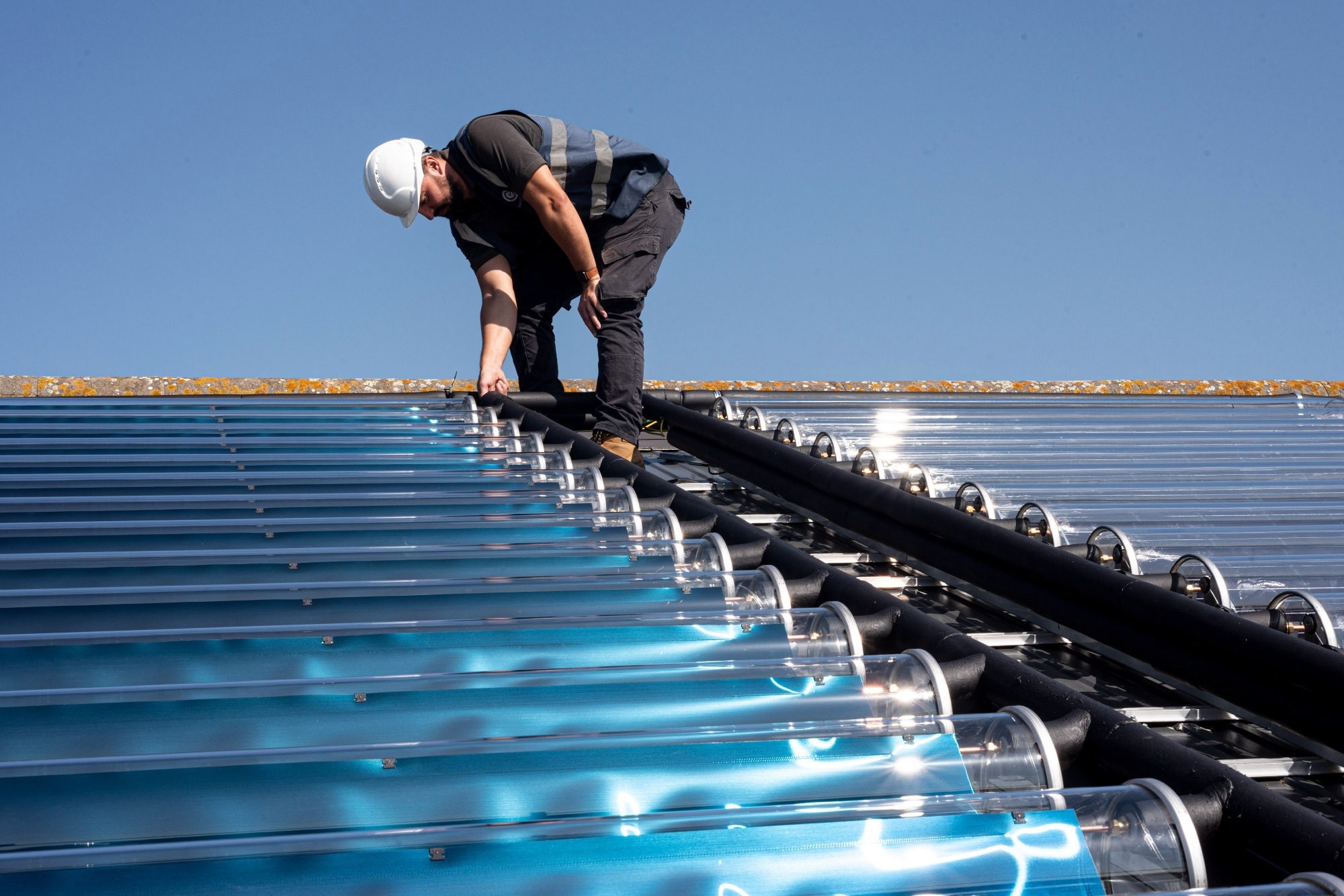
Image Credit: Naked Energy
The compact design means that we are able to fit more collectors in the same space, maximizing energy generation. We have also minimized self shading entirely, meaning that the collectors can be at maximum efficiency throughout the day.
Your unique hybrid technology is far more effective than traditional photovoltaic solutions. Can you provide insight into what makes this technology so effective?
We have spent over a decade developing the Virtu product range, and our VirtuHOT model recently received TÜV international certification, which was a huge company milestone. We are close to achieving the same status for VirtuPVT, and that will mean both our core products will be setting the standard for solar thermal technology.
The TÜV certification for VirtuHOT did not come easily. The collectors had to endure being hit by golf balls, withstand extended periods of time in -40 °C and 240 °C temperatures and were even shocked by a simulated lightning bolt. It was a rigorous process, and each time we failed a test, we had to go back and improve the product.
If it was not for the tenacity of our CTO, Adrian Murrell, I am not sure we would have made it through the testing process. It has all been worth it for the international reputation, though.
It is a good feeling when you can honestly say you have one of the best products on the market, and you have the proof to back it up.
The unique design of our Virtu products means they generate more energy from less space. They are more compact, meaning we can install more collectors in the same space when compared to traditional PV panels, and the integrated reflectors mean they perform optimally throughout the day, not just at peak times.
What are some of the other advantages your Virtu technology offers customers, and what type of customer would benefit the most from your Virtu product range?
Our products are ideal for anywhere that has limited roof space but high demand for heating and hot water - leisure centers and large residential buildings, for example. We have installations around the globe, from South Africa to the Netherlands, on the roofs of hotels, factories, and university buildings. The compact, modular design of Virtu gives us the flexibility to fit around pre-existing solar installations or cluttered roofs whilst their energy efficiency keeps output high.
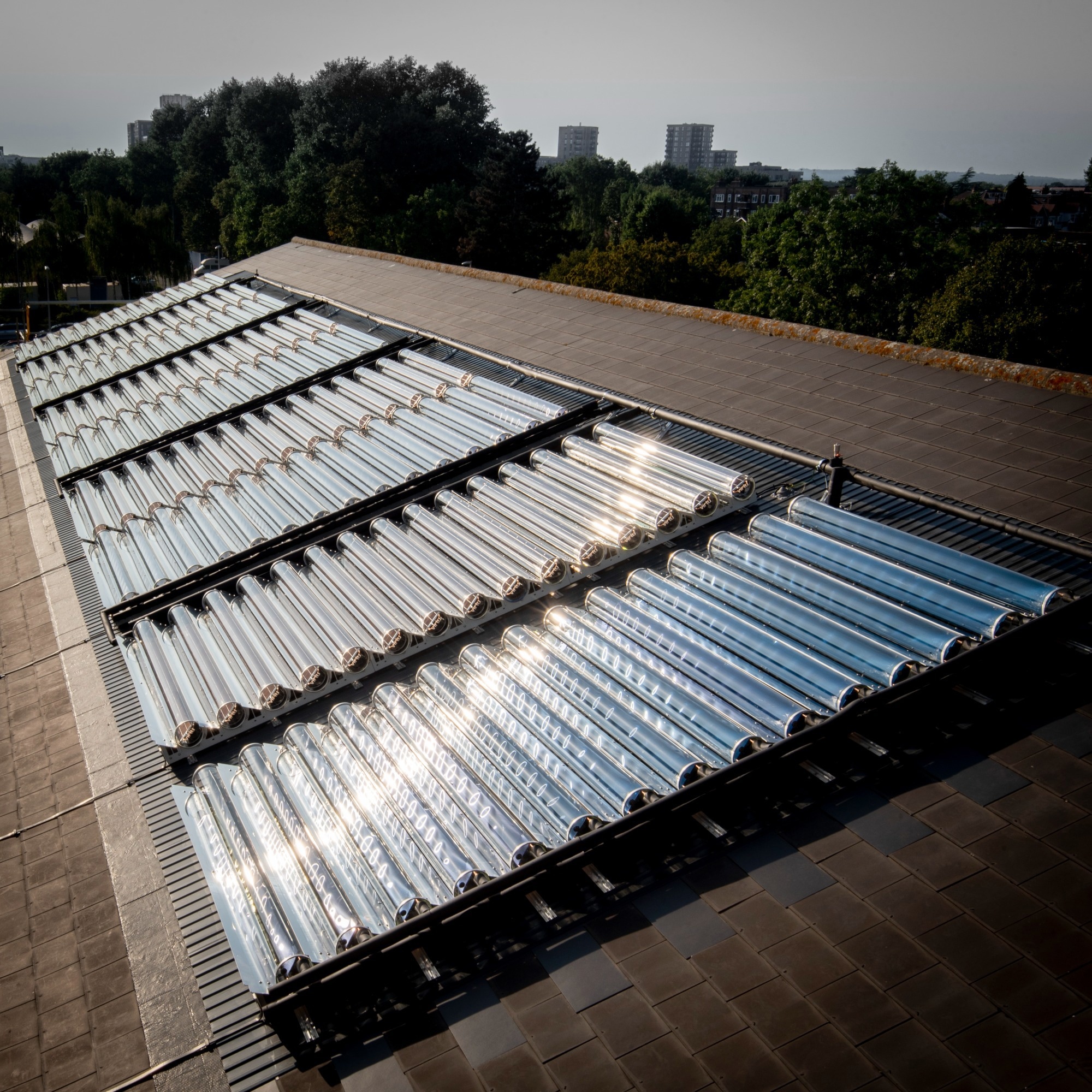
Image Credit: Naked Energy
Most recently, we have installed 495 VirtuHOT tubes onto the roof of Woodgreen leisure center in Oxford. Naked Energy collaborated with Oxford County Council to ensure the leisure center is decarbonizing its heat demand and is protected from the volatile energy markets we are seeing at the moment. Leisure centers across the UK are facing closure given the rise of energy costs, and solar thermal is proving a perfect solution to their high heating demand.
As well as your Virtu product range, you also offer Clarity24-7, an innovative monitoring platform reporting on Virtu’s performance. Why did you choose to offer this service to your customers, and how does this help to build confidence in your solar technology?
Digital performance monitoring solutions are rarely seen in the solar thermal industry. There was a real opportunity for us to build a product that monitors the heat and electrical performance of our Virtu collectors in real time. With Clarity24-7, we can verify performance, be proactive about maintenance, and identify any issues before they become serious.
The platform monitors the temperature, flow rate, pressure, and voltage – therefore, we are able to see the heat and electrical energy production.
Another benefit for customers is the data they have access to. Clarity24-7 allows users to read out performance data and use it for financial sustainability as well as carbon reporting, which is a useful feature, especially for listed businesses.
Really simply, we can see our product working, and when customers can see your product works well their confidence skyrockets.
Are you hopeful that with new and innovative technologies coming to market, such as Virtu, we will see net-zero carbon goals being reached faster? What would this mean for climate change?
I am cautiously optimistic. There are fantastic solar thermal technologies in the market with the potential to play significant roles in an equitable energy transition, Virtu being one of them.
However, the key to unlocking a successful energy transition sits with policymakers. Governments need to provide a systematic and technology-agnostic approach to decarbonize heating and cooling; solar thermal will then become the obvious technology of choice.
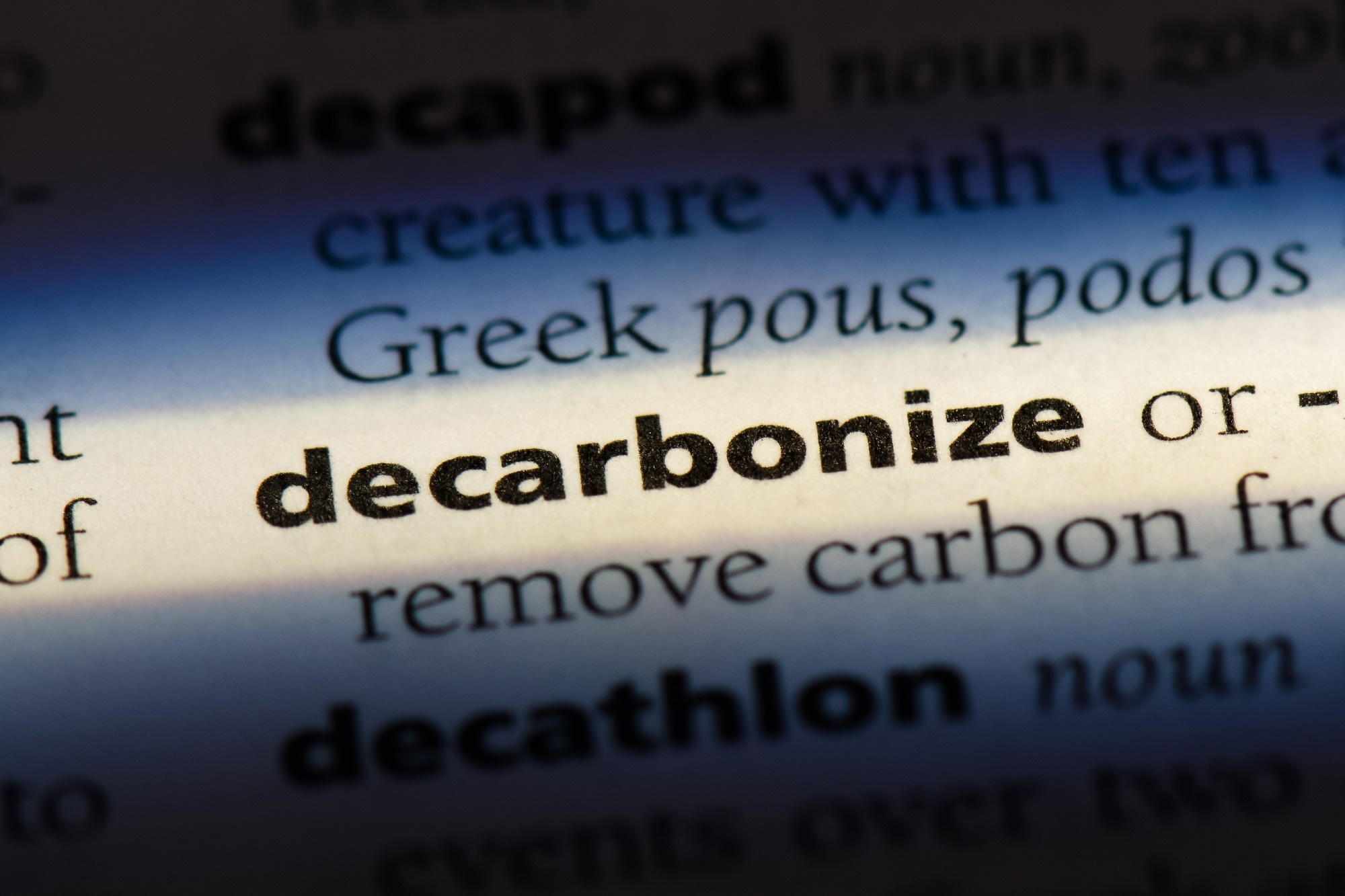
Image Credit: Casimiro PT/Shutterstock.com
At Naked Energy, you also expand your portfolio of future-focused organizations by partnering with various companies. What are the benefits of creating these partnerships, and how do they help accelerate the transition to solar technology?
Naked Energy’s partnerships are key to the success of the business. We work with distribution, installation, and project partners in a variety of countries, such as ELM Solar in the US or X3Energy in Italy. We are constantly looking to find new like-minded partners across the world that share our vision for a green energy transition, and we are always striving to grow our foothold in key markets to expand our partner network.
It is these partnerships that mean we are able to decarbonize heat around the globe. Take our partnership with ELM Solar as an example.
Our expansion into the US comes at a time when the country is investing significantly in renewable energy technologies to diversify its energy supply.
Our partner ELM Solar is in an ideal position to take advantage of that additional investment and help businesses across the country accelerate their green transition.
Thanks to our global partnerships, we are making a tangible impact on the decarbonization of heat. Without this, we’ll never address climate change.
About Christophe Williams
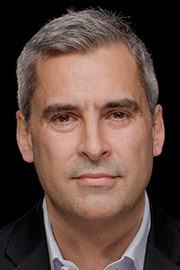 Christophe is a successful entrepreneur and advertising creative with previous experience working for major brands, including BMW, Microsoft, Toshiba, Sony, and Ferrari.
Christophe is a successful entrepreneur and advertising creative with previous experience working for major brands, including BMW, Microsoft, Toshiba, Sony, and Ferrari.
Christophe Williams is co-founder and CEO of Naked Energy Ltd — a collaborative and highly innovative sustainable energy company.
With an award-winning career in creative advertising already under his belt, Christophe eventually found his way back to the industry of his lineage. His father is an aeronautical/mechanical engineer with a proud track record in innovation, and his grandfather, Peter Blenheim Williams, was a clean energy pioneer of his time, well known for his work on the ‘oscillating duck’ — a wave power technology in the 70s and 80s.
Inspired to address the pressing global demand for efficient and cost-effective solar solutions in the built environment, Christophe co-founded Naked Energy in 2011. Christophe has brought together a collective of pioneering scientists, engineers, designers, and entrepreneurs. He's taken a novel scientific concept and developed it into a proven world-beating technology that is now being scaled for a global market.
His core values of honesty, relationship building, humility and negotiation underpin his leadership philosophy.
Christophe’s passion for the industry, and his belief that profit and sustainability are not mutually exclusive, drive him in his leadership and vision.
Disclaimer: The views expressed here are those of the interviewee and do not necessarily represent the views of AZoM.com Limited (T/A) AZoNetwork, the owner and operator of this website. This disclaimer forms part of the Terms and Conditions of use of this website.